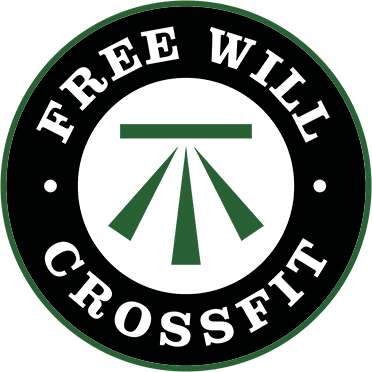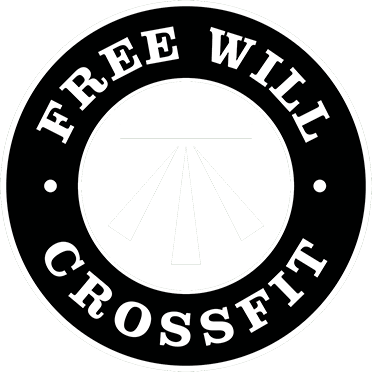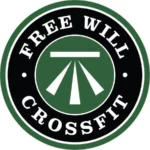This all centers around the general recommendation of working out 3 times a week. We’ve all heard this somewhere and there are a couple reasons that I disagree with this. Don’t hear what I’m not saying. This is not saying that 3 isn’t enough; it’s about changing how we set goals and how we approach fitness.
The first reason I disagree is purely practical. 3 workouts a week is a rigid standard and I don’t know about you, but my weeks rarely look the same. Meetings, travel, social events, and family obligations make that goal a tough one to hit week in and week out. Take a step back and look at what a month or year looks like. Maybe this is a light week and you’ll be able to get 5 workouts in, but next week is crazy and you’ll be lucky to get 2. The week is not nearly as important as the month, quarter, or year. There is no fitness scale that resets on Sunday every week after you’ve hit your 3 workouts. There will be times where getting to the gym 3 times just won’t happen, so take advantage of the opportunities to squeeze in 4 or more days to offset the requirements of a busy schedule. What’s more important is the running total over much longer periods of time. Our long term consistency is really what will deliver the results.
The other reason we want to shoot for more is because aiming higher makes our “bad” weeks look like 2-3 rather than 0-1. In a week, this is a negligible difference, but over 6 months, that could add up to 24 or more active days. That’s huge!
Also, 3/7 days is still less than half. By those standards, on average, we’re inactive. I get it. Even on weeks where we have more free time, getting to a gym can be a challenge. The good news is active days don’t only count if they happen at the gym. Go for a walk, go for a hike, do some push-ups, sit-ups, or whatever else you can come up with. 50 push-ups takes less than 5 minutes and we all have 5 minutes to spare everyday. Obviously, this is good for us physically, but it’s also helpful for mental health and recovery. Movement is a great way to help sore muscles recover. I know that sounds crazy to suggest that more exercise equals less soreness, but it really does help. Still don’t believe me? This is an easy thing to test. Try a few weeks with 1 extra workout and see how you feel. You’ve got nothing to lose!
I just spent 4 paragraphs trying to convince you that you need to workout more and, while I stand behind that, we need to be smart about it. Not all workouts need to be 10/10 intensity. Maybe your only goal is to move enough to reduce soreness. Awesome! We got some movement in and we’re less sore for the next workout. We also account for this with our programming. The workouts are written as if someone was going to attend every single day, back to back. The movements will use different muscle groups. You’ll see low intensity strength and skill days mixed into the high intensity days. You’ll see 6 minute workouts and 25 minute workouts, EMOMs, and even days where we don’t care about the time, so you can work at whatever pace is appropriate for you. If it is a high intensity day and that just is not what you need that day, that’s what our coaches are here for. Let them know and we’ll meet you where you’re at.
Some days it’s about PRs and 1 rep maxes; other days, it’s about checking the box. If some fitness happened, that’s what really matters. More times than not, we find that we’re capable of much more than our brains allow us to believe, so shake it up, try some more challenging goals, and talk to your coach so they can help.






